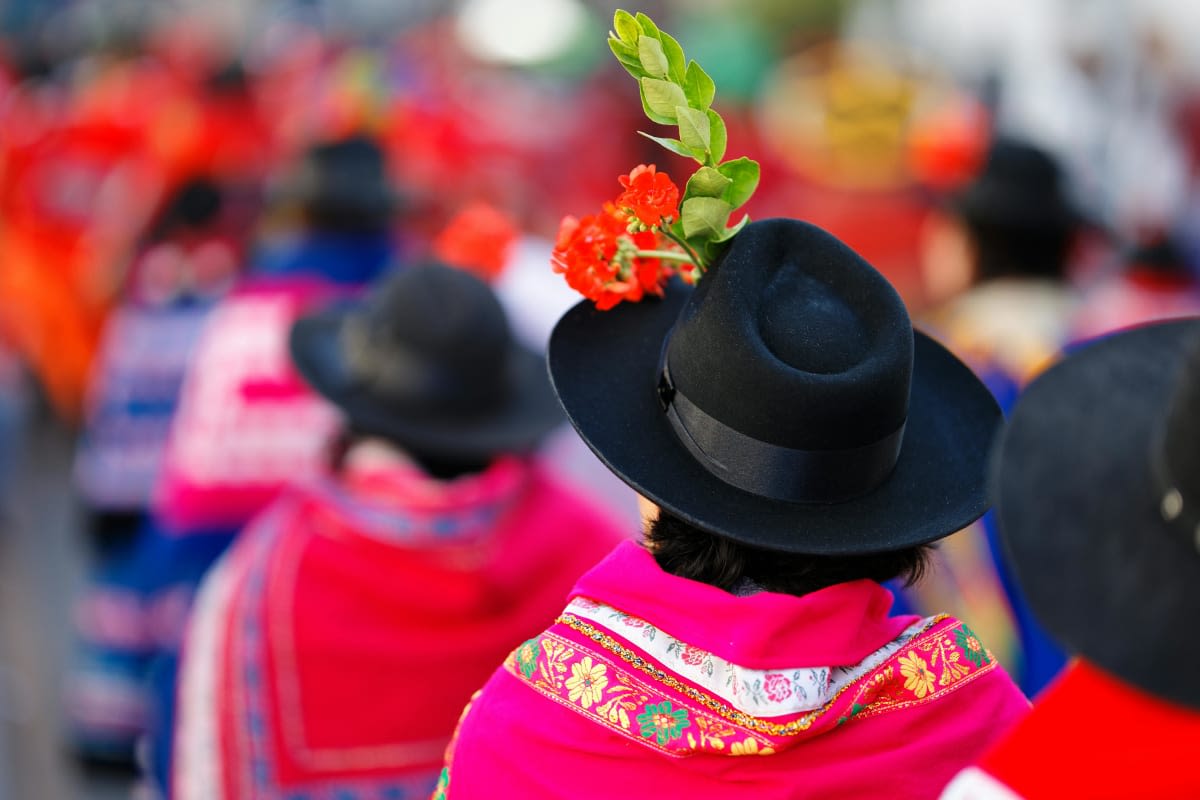350-year-old Bolivian mummified head, initially claimed as Inca individual, was misidentified for a century

The mummified remains uncovered in Bolivia during the 1870s may not belong to an Inca man as previously believed. New findings suggest it belongs to an individual from the Aymara, an Indigenous group living in the Bolivian Highlands. Further insights suggesting this new identity have been published in the International Journal of Osteoarchaeology. Investigations have been conducted on the skull before, but this time it is being viewed with a new lens to understand its archaeological context. The remains comprised the individual's cranium, skin, jaw, face, and part of the neck.

Background of the Remains
The skull came into the custody of the Cantonal Museum of Archaeology in Lausanne, Switzerland, in 1914, according to Live Science. It was donated by a Swiss collector who obtained it from Bolivia in the 1870s. A note was attached to the remains, which suggested that it was the skull of an Inca individual. It was possibly the reason why the skull was associated with that culture. The new study, though, claims that the skull was uncovered from a "chullpa," a pre-Incan stone burial tower, as the way the skull had been mummified is possible in the cold and dry climate present in the tower. The skull was connected to Aymara, based on the region where it was found, as the area once had settlements of this pre-Incan culture.

Further Examination of the Remains
Past investigations had already revealed the skull to be 350 years old and of an adult man. Researchers used noninvasive techniques to evaluate the shape of the skull, according to Daily Galaxy. The team ensured that their analysis in no way damaged the skull. Therefore, they avoided methods like DNA sampling and radiocarbon dating. According to the archaeologists, the choice to conduct an in-depth examination should remain with descendant communities. Currently, there are no repatriation requests by the Aymara community. However, the authorities share that they are open to conversations.
It was evident that the skull had been deliberately deformed. The sort of cranial shaping present on the skull was common in many South American cultures. However, certain features perfectly aligned it with the one detected in Aymara individuals, further solidifying the connection. The note also revealed the location where the skull was found, and after some examination, researchers determined the chullpa around Lake Titicaca to be the location where the individual was buried.

Trepanation on the Skull
Researchers noted a deep cut on the top-right part of the skull, which implies that a trepanation was done on the individual. It was an ancient practice of drilling a hole into one's skull for spiritual purposes or to release pressure after an injury. A closer look revealed that the process was not complete for this subject, as the hole did not go all the way in. Experts also claim that the trepanation was possibly done for spiritual reasons, as there were no signs of any brain trauma. The remains stood apart from the others of its kind because it featured both cranial deformation and trepanation, Julia Gresky, a paleopathologist who was not part of the study, stated.